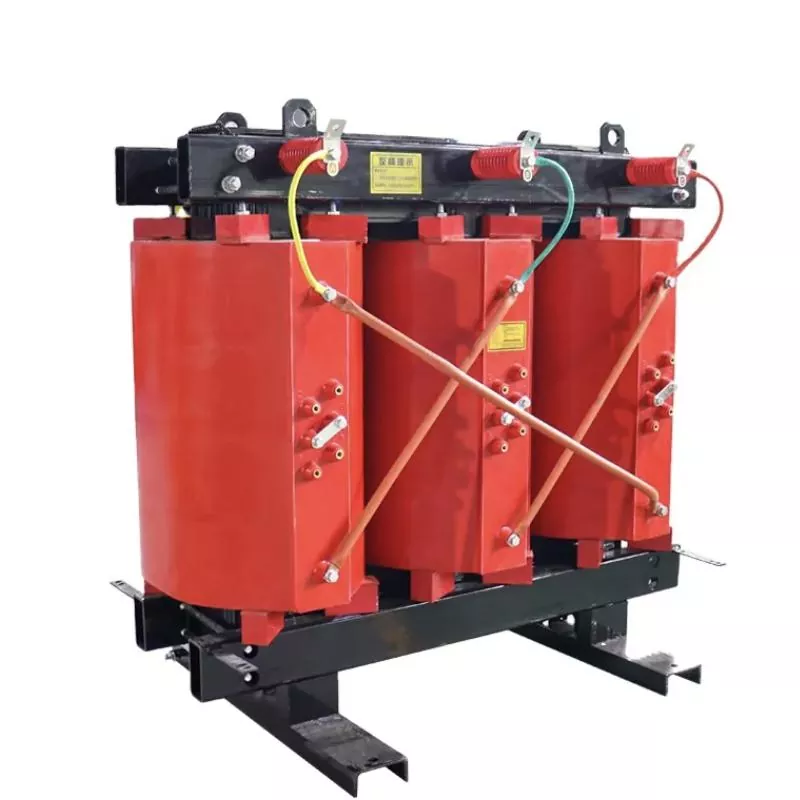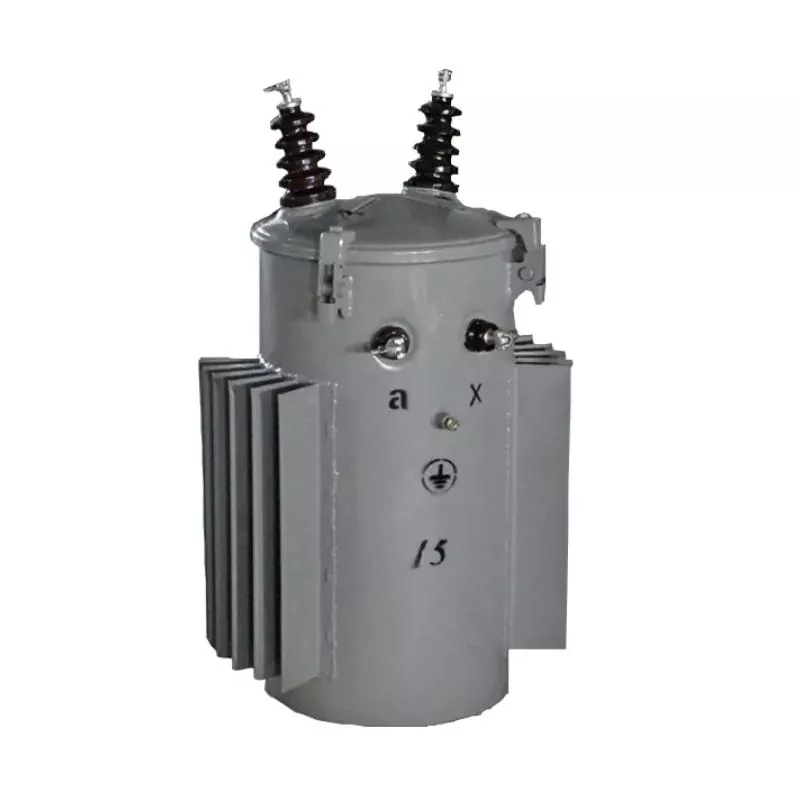What modifications can effectively reduce operating noise in an electrical transformer?
2025-10-14
Whether it's a residential distribution room or a factory substation, electrical transformers always produce a humming sound during operation. Excessive noise can not only disturb nearby residents but also be irritating. So, what methods can be used to reduce transformer noise?

Treat the Iron Core
Most of the humming noise during electrical transformer operation comes from magnetostrictive vibrations in the iron core. To reduce noise, modifying the iron core is a good place to start. A common method is to add cushioning pads to the core. For example, a rubber or felt cushion can be placed between the core clamp and the base. When the core vibrates, the cushion absorbs some of the vibration energy, preventing it from being transmitted directly to the base and casing, naturally reducing noise. Also, if there are gaps between the core laminations, vibration will be more noticeable. During modification, the laminations can be re-compacted or coated with an insulating varnish. This not only improves insulation but also reduces frictional vibration between the laminations, further reducing noise.
Cooling System Modification
Many electrical transformers rely on fans or oil pumps for cooling. These cooling components also generate noise during operation, especially at high fan speeds. If the existing fan is noisy, it can be replaced with a low-noise axial fan. These fans have more optimal blade design, resulting in low air resistance and low noise, while also providing sufficient airflow for cooling. For example, a large transformer in a factory previously used a conventional fan that could generate up to 65 decibels. After replacing it with a low-noise fan, the noise level dropped to under 50 decibels. Furthermore, the cooling system layout can be optimized. For example, adding a silencer cover to the fan and inserting sound-absorbing cotton inside the cover can further reduce noise transmission. If the oil pump is noisy, a vibration-damping mount can be added to reduce the noise caused by pump vibration, thus reducing the overall noise level of the cooling system.
Casing Modification
Noise from the electrical transformer can also be transmitted through the casing and mounting foundation, so modifications to both the casing and foundation are essential. You can apply a layer of soundproofing pads, such as glass wool or polyester fiber, to the inside of the transformer casing. These materials have excellent sound absorption properties and can absorb some of the noise transmitted from within. If the transformer is outdoors, you can also add a metal soundproofing panel to the casing, leaving a small gap between the panel and the casing to create an air layer. This air layer also provides sound insulation. With this dual layer of protection, the noise transmitted from the casing can be significantly reduced.

Foundation Modification
You can also replace the original direct concrete foundation with an elastic foundation, placing shock absorbers or pads, such as springs or rubber pads, between the foundation and the ground. This prevents vibrations from being transmitted directly to the ground through the foundation during transformer operation, significantly reducing ambient noise. For example, an electrical transformer in a residential complex was retrofitted with rubber shock-absorbing pads, and residents reported a noticeable decrease in noise levels.




